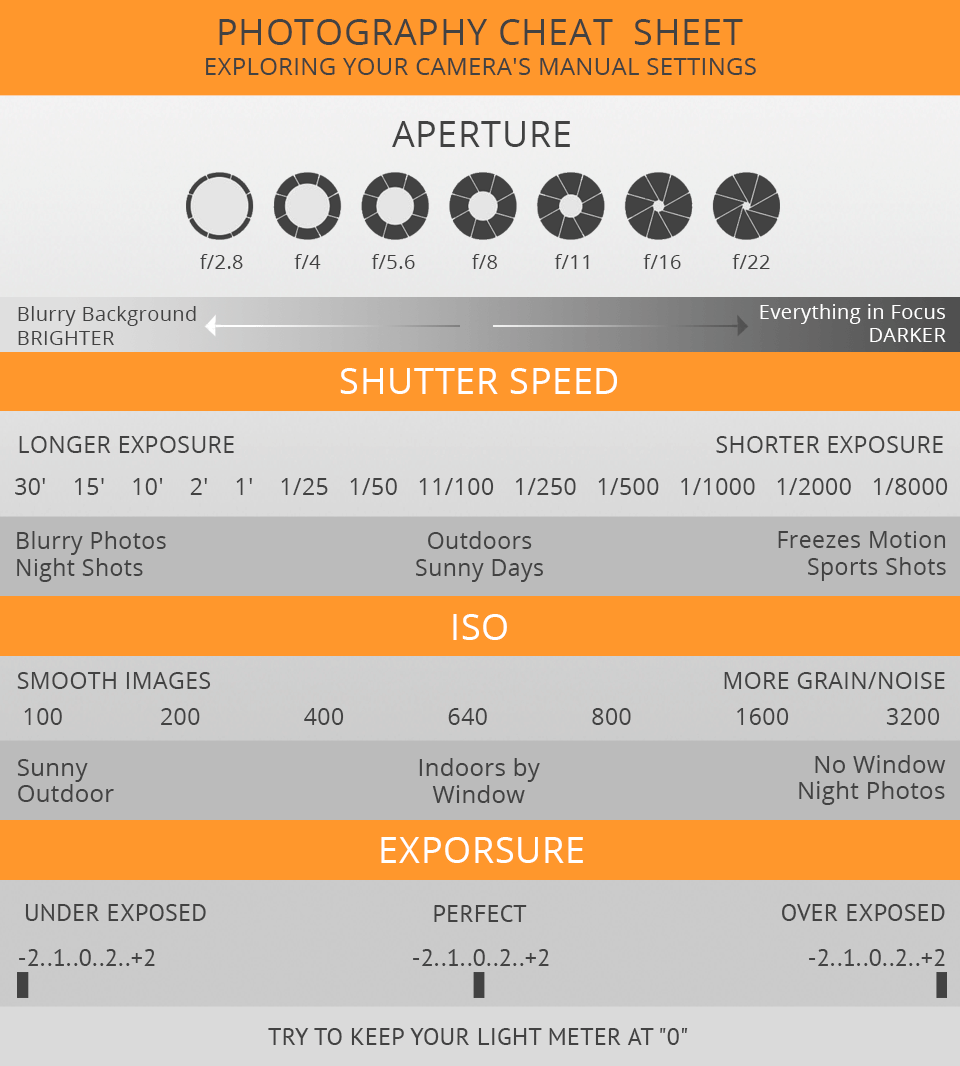What Every Professional Photographer Needs To Know About Illumination
What Every Professional Photographer Needs To Know About Illumination
Blog Article
Staff Author-Boone Brady
As a professional photographer, you understand that lighting can make or damage your images. Recognizing the nuances of both natural and fabricated light is crucial for catching the state of mind and clearness you aim for in your work. Whether you're going after the ideal gold hour glow or adjust your artificial configurations, understanding these aspects can elevate your photography considerably. Yet there prevail risks that numerous overlook, and recognizing them can change your method to every shoot. Let's discover what you might be missing and how it can affect your results.
Comprehending All-natural Light
Comprehending natural light is critical for any digital photographer seeking to improve their work. It's the foundation of fantastic photography, affecting mood, tone, and clearness. When you shoot outdoors, focus on the time of day. The golden hour-- shortly after sunup and before sunset-- provides soft, warm light that can transform regular scenes into spectacular photos.
Do not underestimate Where to take photo for PR application of overcast days. Cloud cover diffuses sunshine, developing a soft, even light that's ideal for pictures and macro digital photography. You'll find colors pop in this kind of illumination without rough darkness.
Positioning issues, as well. Always consider your subject's orientation to the light source. If the sunlight's behind your subject, you may wind up with a silhouette, which can be remarkable however mightn't be what you desire. Conversely, https://blogfreely.net/kermit7omer/open-the-keys-to-discovering-the-best-video-camera-for-your-demands-yet can produce unflattering shadows.
Try out angles; often, transforming your perspective can generate fantastic outcomes. Use natural reflectors, like water or sand, to bounce light onto your topic, adding dimension.
Mastering Artificial Light
Understanding synthetic light is essential for digital photographers that intend to take their skills to the next level. Whether you're utilizing speedlights, workshop strobes, or continuous lights, recognizing how to manipulate these sources can dramatically boost your images.
Beginning by acquainting yourself with the basics of light high quality, instructions, and shade temperature level. Explore various modifiers like softboxes, umbrellas, or grids to control the gentleness or cruelty of the light.
You'll locate that soft light frequently develops flattering results, while harsher light can add dramatization and deepness. Do not shy away from shadows; they can enhance the three-dimensionality of your subjects.
Pay attention to the positioning of your lights. A light located also near your topic can develop uncomplimentary outcomes, while as well far away can cause an absence of information. Use a light meter or your camera's histogram to ensure you're revealing correctly.
Lastly, bear in mind that fabricated light can be combined with ambient light for imaginative effects. Stabilizing these resources could take practice, but once you master it, your digital photography will genuinely shine.
Strategies for Different Situations
When you enter various shooting circumstances, adjusting your illumination techniques is vital for recording the best photos. For outdoor portraits, use the gold hour-- early morning or late afternoon light-- to soften shadows and enhance complexion.
If it's a harsh noontime sunlight, consider using a reflector to bounce light back onto your topic or seek shaded areas for a much more also exposure.
In low-light scenarios, like indoor events, raise your ISO and use a wide aperture to allow in more light. A tripod can aid eliminate video camera shake, allowing for longer direct exposures without obscuring.
If you're contending evening, try out off-camera flash to develop dynamic illumination and depth in your pictures.
For item photography, utilize diffused lighting to avoid rough reflections. Softboxes or light tents can help achieve this effect.
When photographing landscapes, take into consideration the instructions of light and time of day, as it can drastically change the state of mind of your shot.
Always be ready to readjust your settings and placing based on the situation, as flexibility is essential to understanding illumination in photography.
Final thought
To conclude, grasping lighting is key to boosting your photography skills. Accept https://squareblogs.net/jamel109linwood/checking-out-the-globe-with-the-lens-travel-digital-photography-essentials throughout golden hour, and don't shy away from explore man-made light strategies. By adapting your strategy to various scenarios, you'll capture sensational photos that reverberate with feeling and clearness. Remember, the best illumination can change an ordinary shot into something extraordinary, so maintain practicing and refining your understanding of both all-natural and artificial light. Satisfied shooting!
